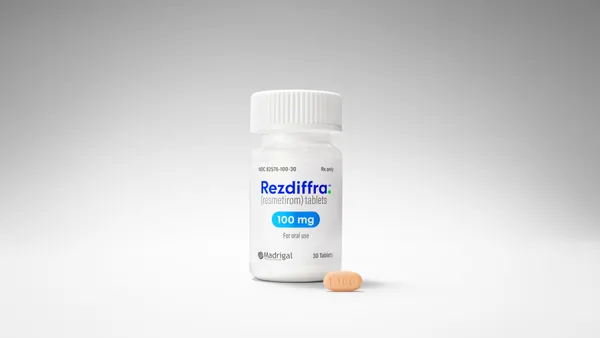Commercial support, nontraditional regulators, maintenance of compe tence, repositioning continuing medi cal education (CME) — one can’t open a trade publication these days without being bombarded with doom and gloom about medical education. Many aspects of CME are being debated, and — whether or not one agrees that CME needs to be fixed — there will inevitably be changes in the way medical edu cation is planned, funded, and evaluated in the future. Situational Analysis The current turbulence is confusing for many CME providers, faculty, and supporters, partly because new stakeholders are becoming actively involved and making CME more politicized and public. Nontraditional regulators and a plethora of new guidelines and competencies for clinicians are cre ating cognitive dissonance for CME stakeholders and providing “teachable moments” for every body. Recommendations Just as healthcare professionals need continu ing professional development (CPD) to perform and grow in their careers, so do the stakeholders involved in CME. Everyone needs to understand the myriad guidelines — their spirit and their intri cate details — as well as the evolving political framework, and the needs and interests of all involved. We are all in this together. All stakeholders will play an important role in creating a CME environment conducive to pro moting credible, valid science and educational innovation. To accomplish this goal, stakeholders need to collaborate with knowledgeable partners who are savvy to the evolving world of CME. To facilitate quality CME and CPD, all stakeholders should: . Read — Understand the relevant literature on CME, adult learning, training and development, and healthcare. . Network — Providers and supporters who iso late themselves will remain uninformed. . Publish — Promote best practices. . Participate — Attend conferences to hear what others are saying and ask questions to prompt dis Into the Storm: Navigating the Turbulent Waters of CME REGULATORS AND REGULATIONS NEXUS COMMUNICATIONS, INC., North Wales, Pa., provides creative solutions to medical education challenges including thought leader development, publi cation planning, and strategic education planning and design. For more information, call 2676555970, or email Karen Overstreet at karen.over Karen M. Overstreet, Ed.D., R.Ph., FACME President Dr. Overstreet is on the board of directors and executive committee of the Alliance for CME, is a founder and president of the North American Association of Medical Education and Communication Companies (NAAMECC), and is a site surveyor for the Accreditation Council for CME. Cooperation + collaboration + consensus is the formula for eliminating confusion — and calming the CME storm. Abbreviation Name AAFP American Academy of Family Physicians AAMC Association of American Medical Colleges ABMS American Board of Medical Specialties ACCME Accreditation Council for CME ACME Alliance for CME ACGME Accreditation Council for Graduate Medical Education AHME Association for Hospital Medical Education AMA American Medical Association AOA American Osteopathic Association CMSS Council of Medical Specialty Societies Note: This table includes only some of the groups with an interest in CME; others include accreditation bodies for allied health pro fessionals, state legislatures, the media, patients, care givers, consumers, etc. Alphabet Soup of CME Regulation: Meet the Stakeholders
An article from


Into the Storm: Navigating the Turbulent Waters of CME
Filed Under:
Commercialization







